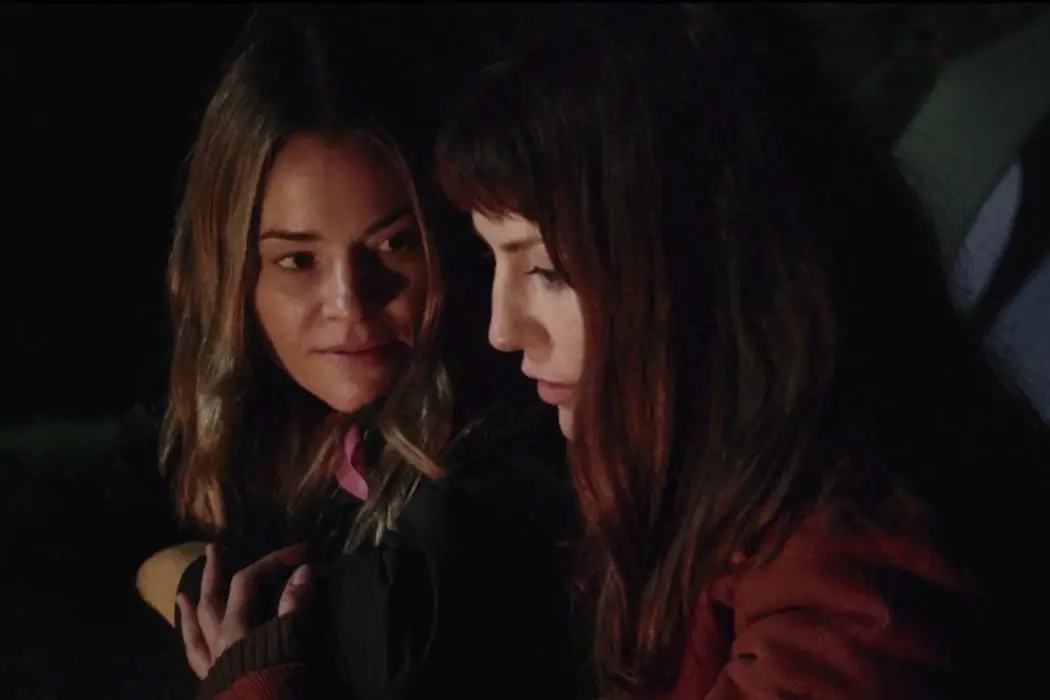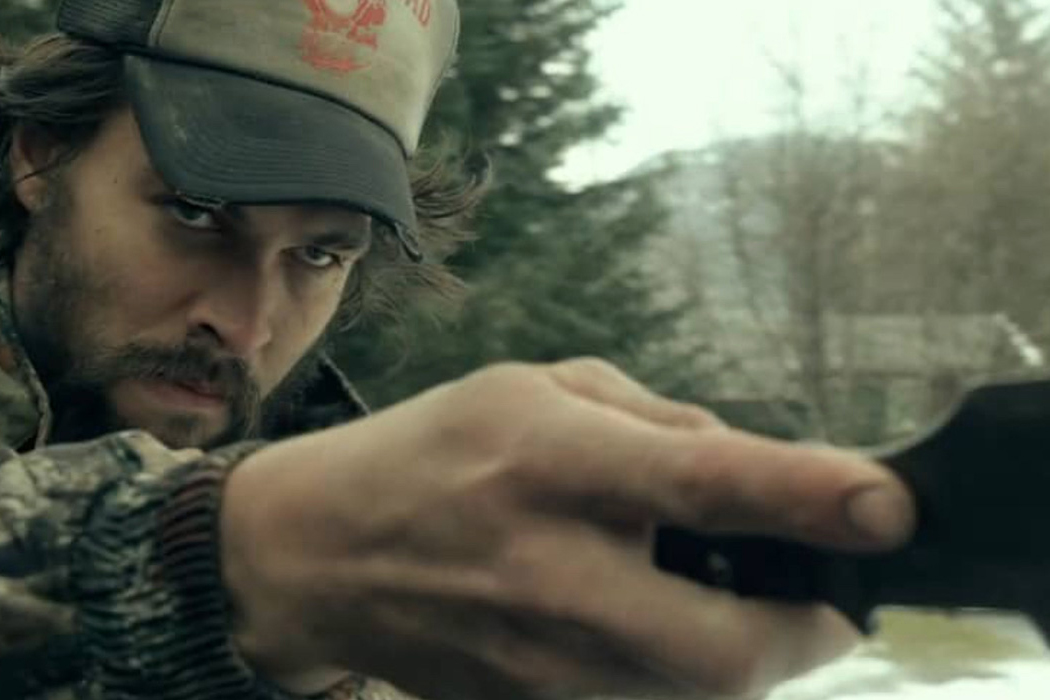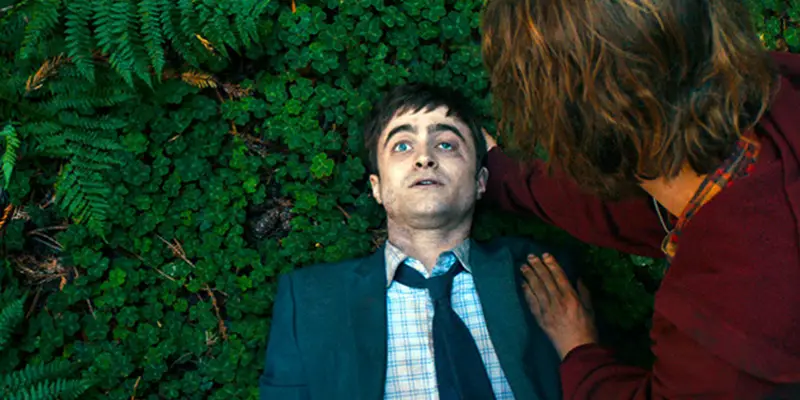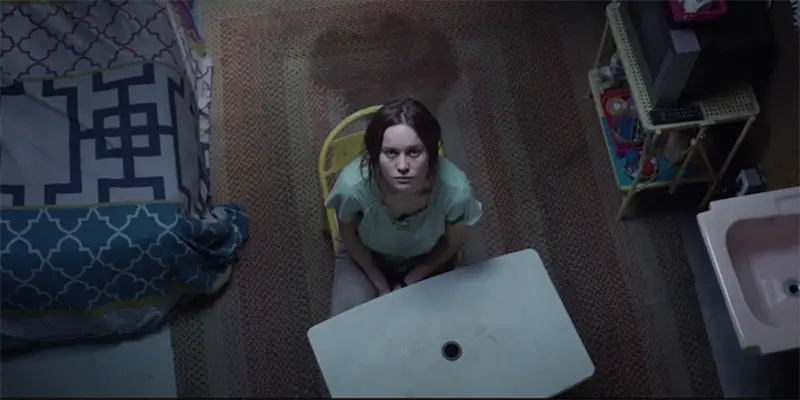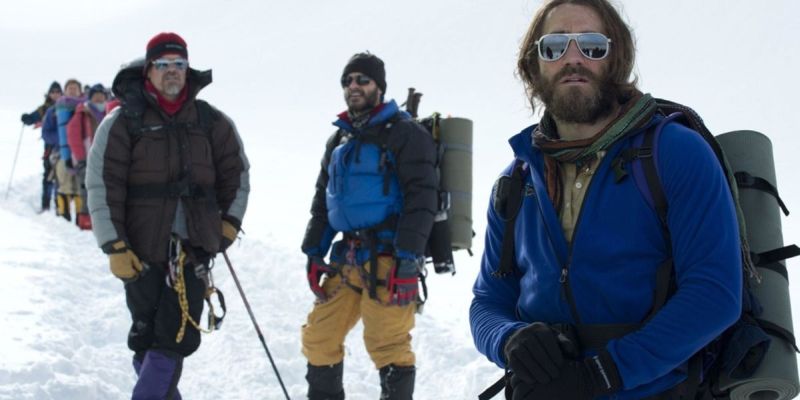survival
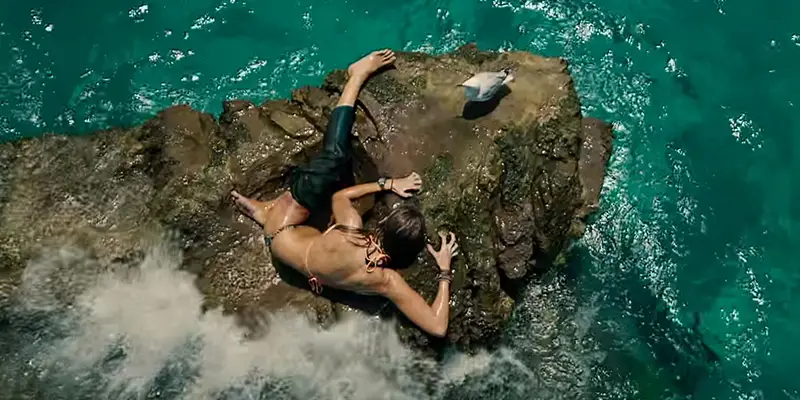
Nearly everything about the film The Shallows seems to indicate that you wouldn’t be at a loss for missing it in theaters. The premise of an attractive woman in turmoil, coupled with an unbelievably vicious shark – each of these stories on their own has been done time and time again. Yet, somehow, The Shallows manages to just surpass the murky depths that most of those films sink to.
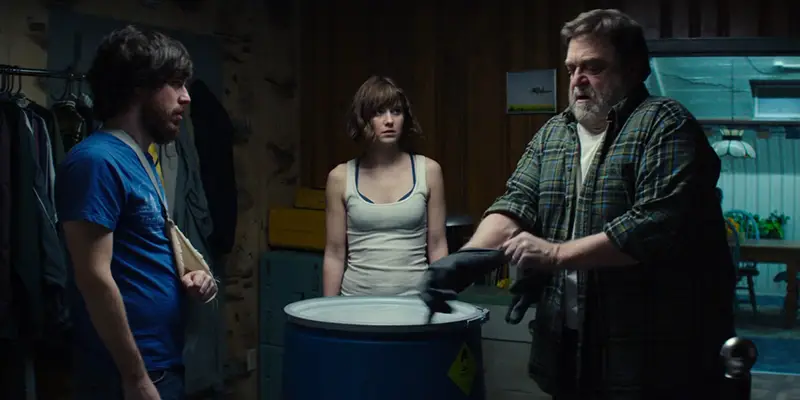
The inner urge for survival is the most primitive of all impulses. For the longest time, sex was believed to be the driving force that pushes people, unconsciously and fully-cognizant, towards certain results in life. But after WWII especially, psychologists and holocaust survivors began to revisit the idea, and psychoanalysts took the obvious cue from Darwin:
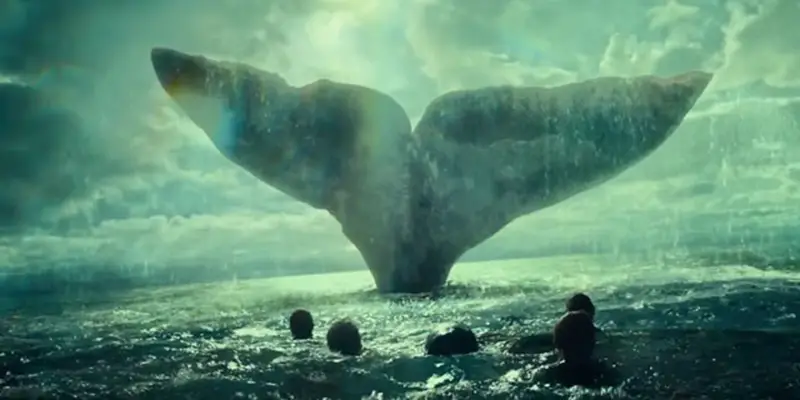
In the Heart of the Sea was originally supposed to premiere in early 2015, but it was pushed to later in the year at the last second. Ron Howard hoped that more people would come out to see the film now as opposed to in early spring, since some other oceanic adventure films have seen success around this time (Life of Pi, for example). It was my sincere hope that pushing the film to December was also because it would be worthy of premiering next to more awards-friendly films, which could mean that it was better than originally expected.

Some of the very best films are those that are immersive experiences. You immediately know after leaving the theater that you have witnessed something special, and for anyone to even suggest otherwise just seems inarguably wrong. The Martian is one of the few films that I have seen this year that has left such an impact.

The first I heard of No Escape was in a radio interview with Lake Bell. I’d been a fan of hers for a while, and being still in awe of her performance in Man Up, I was enthralled by her explanation of why she had taken on an action film. She talked of how it was important to her to gain new experiences so she could learn more about herself and her craft.
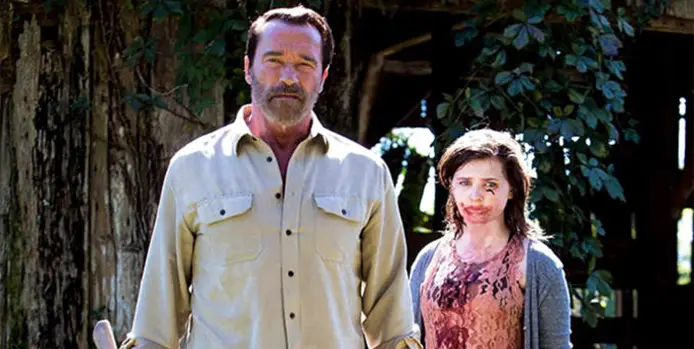
If there is ever a fitting description for Arnold Schwarzenegger’s cinematic persona, then it is this: action film hero. Time and time again, we’ve seen the ex-California Governor’s face adorning several iconic titles, portraying mere mortals (or robots in Terminator’s case) possessing near-superhuman ability, an eye for supersized weapons and a knack for crisp one-liners.
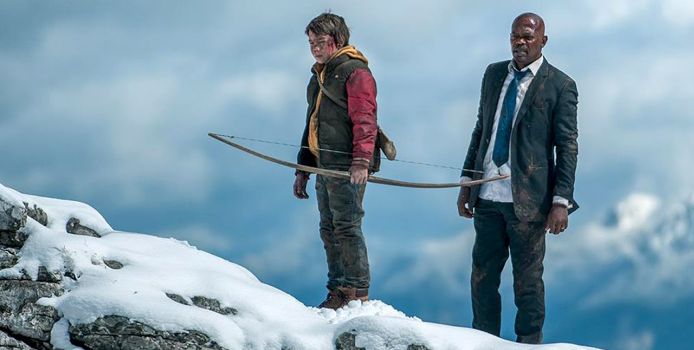
To the eyes of international audiences, Nordic countries are stereotypically relied upon to produce gruelling, depressing thrillers, movies in the vein of Sweden’s The Girl with the Dragon Tattoo and TV shows in the vein of Denmark’s The Killing. One country that seems exempt from the current cultural fascination with “Nordic Noir” is Finlan. Whereas other (mostly Scandinavian) countries in Northern Europe are importing their grim and gripping thrillers worldwide, Finnish cinema seems to be playing to a different trend entirely from their neighbouring cousins.


